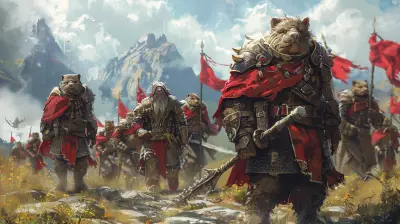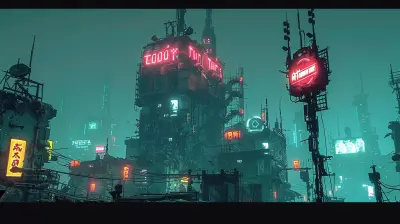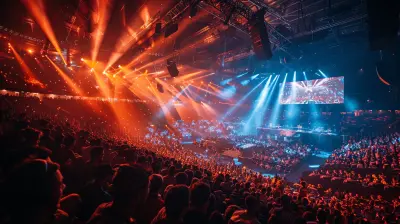Avoiding World Building Clichés: Fresh Ideas for Your Game's Universe
23 October 2025
World-building is a magical part of game development. It’s where creativity takes the wheel and drives us into uncharted realms—whether those are enchanted forests, cyberpunk cities, or post-apocalyptic wastelands. It's the heartbeat of immersion in story-driven games and the playground where players lose themselves for hours. But here’s the thing—world-building can quickly fall into the trap of clichés.
You know what I'm talking about. The chosen one prophecy. Evil emperors with scaly minions. Elves in treehouses, dwarves in mines, and ancient artifacts that want to end the world. Sound familiar? That’s because we’ve seen them a million times.
Now, there’s no shame in drawing from classic ideas. Tropes aren’t inherently bad. But when they start to feel cookie-cutter, they can rob your game's world of the freshness it needs to stand out.
So, how do we sidestep those tired old tropes and infuse originality into our game universes? Let’s break it all down.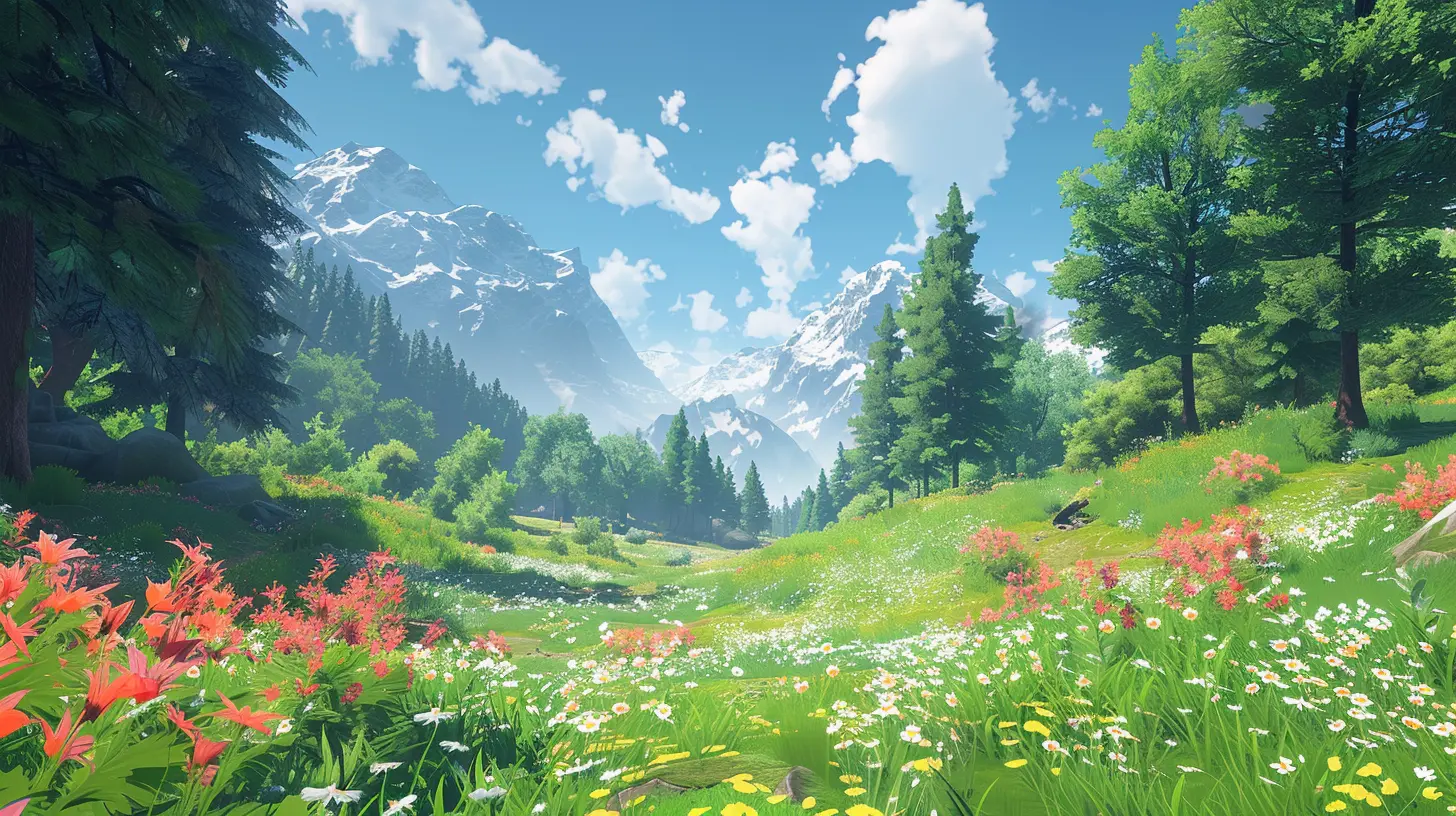
Why World Building Clichés Happen (And Why You Should Care)
Game devs and writers aren’t lazy. We fall into clichés because they work. They’re easy to understand, they offer familiarity, and they save time. But in today’s crowded gaming market, originality is your golden ticket. A unique universe grabs attention, fuels word-of-mouth, and keeps players invested.Clichés act like pre-fab world-building kits. They're like those instant noodle packs—quick, easy, and predictable. What we want is a carefully simmered stew of strange spices, unexpected textures, and memorable aftertastes.
And here's the kicker: most players can sniff out a cliché from a mile away. They’ve been around the block. They expect more. That’s where you come in.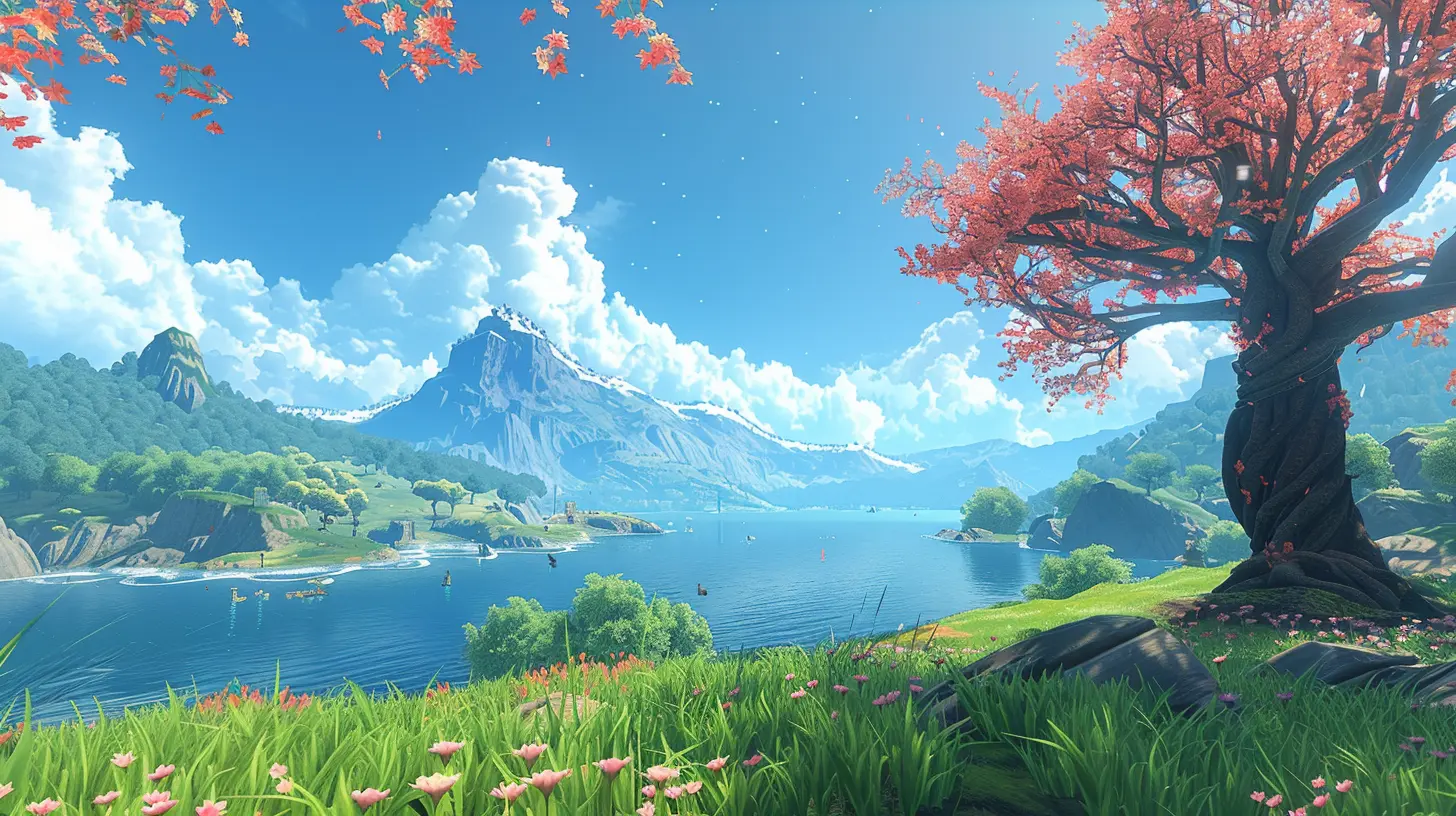
Cliché #1: The Good vs. Evil Binary
What’s The Problem?
Ah, the classic battle between light and dark. Heroes and villains. Angels and demons. It’s simple—but oversimplified. Real life isn’t black and white, and your game’s universe doesn’t have to be either.Fresh Take
Try introducing moral ambiguity. Maybe your "villain" is fighting for a noble cause. Maybe the heroes are complicit in shady politics. Think shades of gray rather than high-contrast black and white.Give your factions competing motivations, not just “destroy” versus “defend.” Ask yourself—what if both sides are right? Or wrong?
🧠 Quick Tip: Players love moral choices. Give them the space to reflect, regret, and wrestle with where they stand.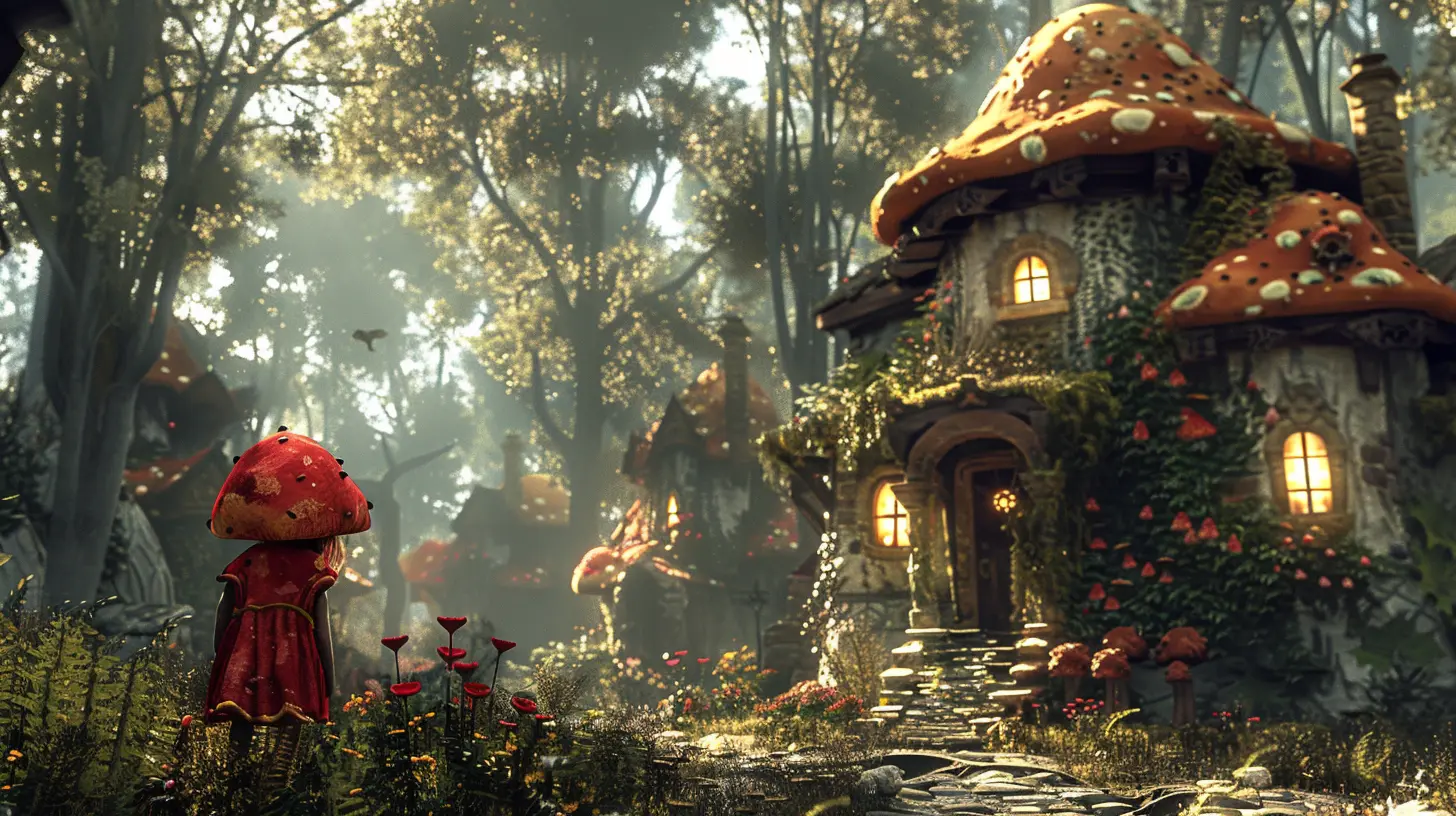
Cliché #2: Races as Stereotypes
What’s The Problem?
Too many fantasy games still rely on the tired formula of wise old elves, greedy dwarves, savage orcs, and humans as the “default.” It’s lazy and, honestly, problematic.Fresh Take
Design cultures, not caricatures. Build societies that evolve from their environment, history, and values—not from generic fantasy blueprints. Maybe your desert-dwelling people aren't "nomads" but engineers who value adaptability. Maybe the sea-folk revere silence instead of song.Instead of using race as a personality cheat code, focus on individuals. Let your characters break stereotypes within their own worlds.
🧠 Quick Tip: Think anthropology, not archetypes. What shaped these beings? Geography? Religion? History? Fashion?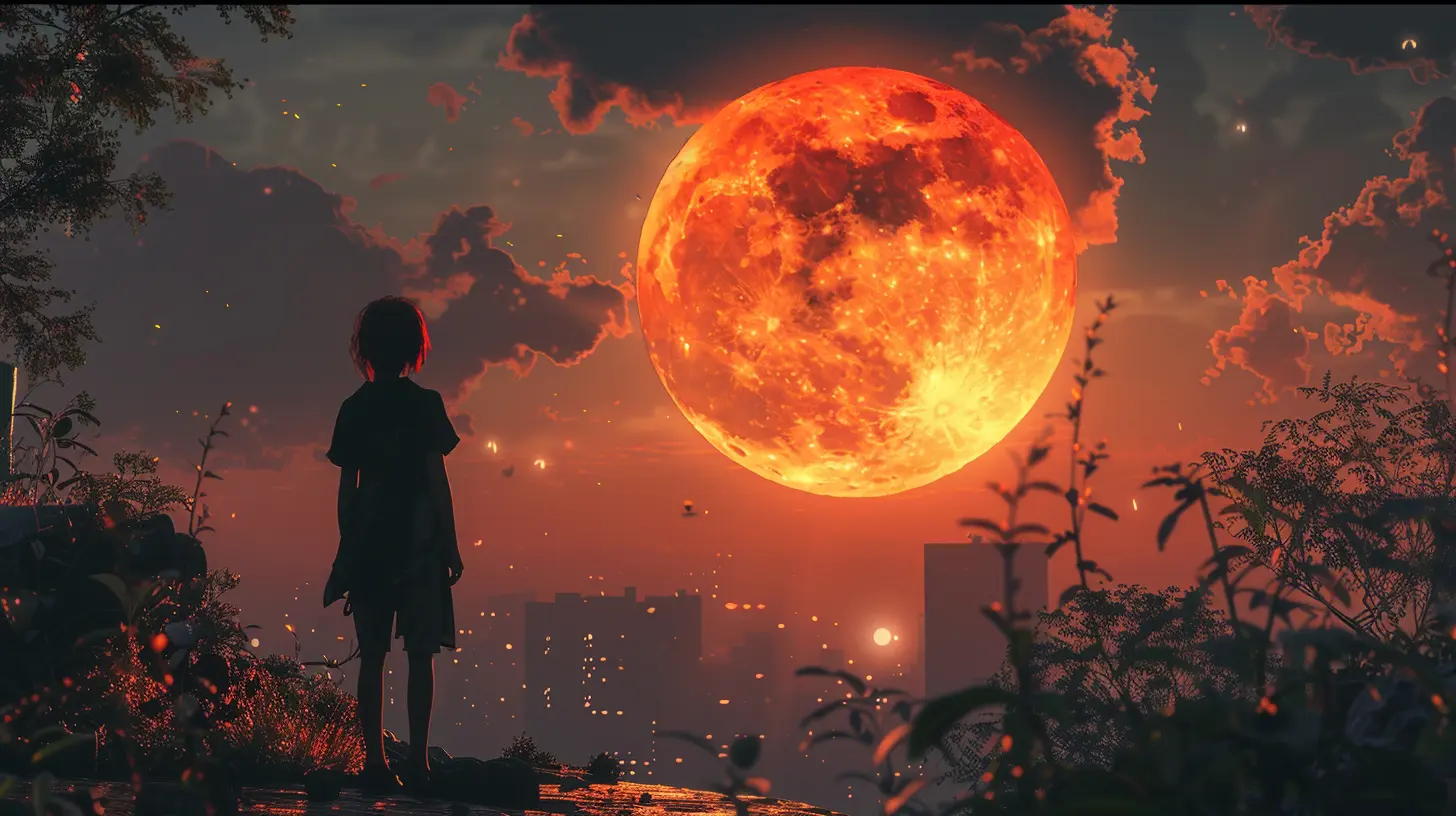
Cliché #3: The Medieval European Template
What’s The Problem?
If your fantasy world has castles, knights, ale, and peasants, you may be stuck in default medieval Europe. Been there, done that.Fresh Take
Let’s bust out that world atlas. Draw inspiration from non-Western cultures. What about a fantasy world inspired by pre-colonial Africa? Indigenous Australia? Feudal Japan? The Arctic?Better yet—go entirely left-field. How would a society evolve on a moon where gravity changes every week? Or in a world where people only live for 30 years?
🧠 Quick Tip: Don’t just reskin existing cultures. Respectfully research and understand the context. Then twist it into something truly your own.
Cliché #4: The Chosen One
What’s The Problem?
A humble nobody destined to save the world. Sound familiar? It’s the blueprint of thousands of RPGs and fantasy narratives. And while it's comforting, it’s also predictable.Fresh Take
What if there is no “chosen one”? What if the prophecy failed—or was a lie? Maybe the hero isn’t special, but just persistent or lucky. Or what if the “chosen one” is someone else entirely, like a villain or comic relief sidekick?🧠 Quick Tip: Let the world shape the player, not the other way around. Put power in their hands by what they do, not who they were born to be.
Cliché #5: The Post-Apocalyptic Wasteland
What’s The Problem?
Nuclear fallout. Scarred cities. Raiders in spiked armor. We’ve seen this dystopia enough to be fluent in Mad Max.Fresh Take
Disaster breeds innovation. What if your post-apocalyptic world turned lush with life? Or instead of collapse, society evolved in bizarre but structured ways? Think “hopepunk” instead of grimdark.🧠 Quick Tip: Flip the tone. What if the end of the world was the beginning of something better—or weirder?
Cliché #6: Magic Has No Rules
What’s The Problem?
When magic can do everything, it means nothing. Worlds with limitless magic often lack stakes, logic, or tension.Fresh Take
Create a magic system with constraints. Make it physical, emotional, scientific—heck, even bureaucratic.Maybe using magic ages you prematurely. Maybe it requires sacrifices. Maybe spells need to be “taxed” or registered. Build internal logic the players can learn, exploit, or fear.
🧠 Quick Tip: Magic works best when it’s earned, not handed out like candy.
Cliché #7: The Ancient Civilization That Knew Everything
What’s The Problem?
An old, vanished race that had better tech, magic, or wisdom than anyone today. Sound familiar?Fresh Take
Flip that. What if the past was worse than the present? What if history is full of half-truths, exaggerated legends, or propaganda?Or go wild—what if the “ancient ones” are still around, and they’re just... really bad at parties?
🧠 Quick Tip: Let your history affect your world—but also let your world challenge its own history.
Tips for Creating Fresh World-Building Ideas
Okay, so we’ve covered the big pitfalls. But how do you actually generate ideas that are fresh, interesting, and engaging? Here's your toolkit:1. Ask “What If?”
This is the most powerful two-word question in your creative arsenal. What if gravity didn’t exist? What if lies were visible as colors? What if children led instead of adults?2. Start Small
Don’t begin with kingdoms and empires. Start with one town, one family, one myth. Grow your world organically like a root system, not a skyscraper blueprint.3. Mix Genres
Mash up cyberpunk with folklore. Mix gothic horror with tropical paradise. Take genres and make them dance together in weird ways. That’s where originality thrives.4. Borrow From Everything
Books, biology, history, Tumblr deep-dives, documentaries, weird dreams—nothing is off-limits. Inspiration has no boundaries.5. Use Player Curiosity
Design the world not to impress, but to spark questions. Why do those people never speak at night? Why are all the cats gone? Give players rabbit holes to fall into.Final Thoughts: Make Your World Worth Visiting
World-building isn’t just about lore dumps and fancy maps. It’s about crafting a place that feels alive, complicated, and worth exploring. The more your world surprises players—with characters that defy expectations, ecosystems that make sense, or cultures that feel real—the more they’ll want to get lost in it.So, dodge those clichés, challenge your own assumptions, and build a universe that invites curiosity rather than rolls eyes. You’ve got the tools. Now go make something unforgettable.
And remember—sometimes, the freshest ideas come from asking the dumbest questions.
Happy world-building!
all images in this post were generated using AI tools
Category:
World BuildingAuthor:

Audrey McGhee
Discussion
rate this article
1 comments
Raleigh McAndrews
Craft worlds anew; let imagination’s whispers dance free.
October 23, 2025 at 2:52 AM

Audrey McGhee
Absolutely! Embracing originality and creativity is key to crafting unique worlds that captivate players.
